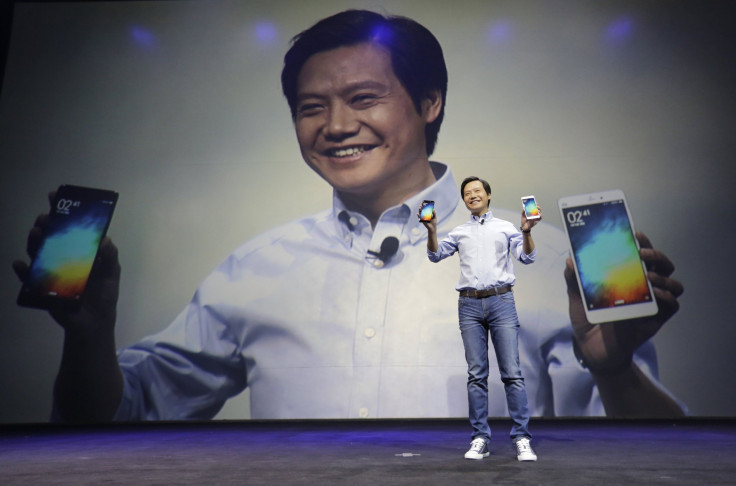Xiaomi To Offer Redmi Note 4G Sans Registration As Micromax, Lenovo Ratchet Up Competition

Xiaomi Inc., which stormed the Indian smartphone market selling over a million handsets in the second half of 2014 only via limited online sales, is now responding to the growing competition by selling its phones online without asking for registration.
The new sales method, along with a partnership to sell its 4G handsets via brick-and-mortar stores of India’s top wireless carrier Bharti Airtel Ltd., suggest China’s largest smartphone maker now has a better grip over its supply for the Indian market.
“In celebration of Republic Day, we are making Redmi Note 4G available for all through open sale. You can buy your Redmi Note 4G from Flipkart at any time during this holiday weekend: Jan. 24 to Jan. 26,” Xiaomi posted on its official Facebook page on Wednesday. “No registration required.”
The long weekend is on account of Jan. 26, a Monday, being a national holiday to mark India’s birth as a republic, 67 years ago.
Xiaomi made its name in India with its Redmi and Mi handsets, which it sold on Indian online shopping website Flipkart.com in a series of “flashsales” so dubbed in the media as the limited number of handsets would be sold out in a matter of seconds.
Wannabe customers would have to register ahead and try their luck when the sale opened -- only to those who had duly registered -- and the handsets would sell on a first-come-first-served basis.
Competitors were quick to latch on to the attractiveness of the model, and this month both China’s Lenovo Group Ltd. and India’s Micromax Informatics Ltd. have released 4G handsets that compete with Xiaomi’s Redmi Note 4G, at lower prices.
The Redmi Note 4G phablet sells for 9,999 rupees (about $160), Micromax's YU Yureka comes for 8,999 rupees ($146) and Lenovo's soon-to-go-on-sale A6000 costs only 6,999 rupees ($114) and includes features such as digital dolby speakers.
Motorola Mobility, too, now part of Lenovo, saw its Moto E and Moto G handsets gain popularity for their high-end features offered at prices that were typically a third lower than the equivalent handsets sold by Samsung Electronics Co. Ltd., which is still the market leader in India.
Motorola, which joined the million-handsets-a-quarter club in the Indian smartphone market last year, is also expected to release 4G handsets in India, which will ratchet up competition for Xiaomi further.
At the top end, while Xiaomi released a new flagship called the Mi Note at an event in China earlier this month instead of an anticipated Mi 5, the current Mi 4 handset is expected to hit Indian shores later this month, media reports said, citing Hugo Barra, Xiaomi’s vice-president of international operations.
© Copyright IBTimes 2024. All rights reserved.












